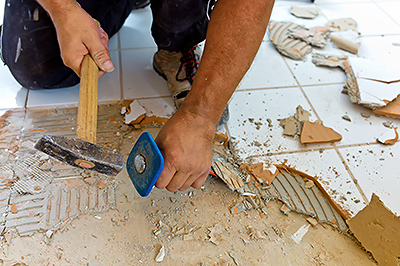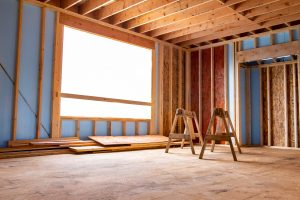While a backyard can offer seclusion and privacy, a respite from the noise and grind of daily life, more and more homeowners are relaxing in front of their homes in an effort to cultivate deeper community connections capable of propelling more fulfilling, healthy lives.
Not that this should come as a surprise given our over-scheduled lives, the stranglehold of digital technology, and our general yearning for simpler times. In fact, there’s even a name for this community-fueled, get-outside movement: Front Yard People.
The Front Yard People champion, as the name suggests, being in front of the home rather than stuck behind closed doors, shielded behind a privacy fence, or handcuffed to a computer screen.
And for good reason.
A heightened sense of community can spark feelings of belonging while also adding shots of purpose and meaning to everyday life. In addition, simply being outside can promote emotional and physical well-being. Various scientific studies over the years have shown outdoor time to have a positive effect on energy levels, blood pressure, creativity, and stress.
Interested in becoming a Front Yard Person? Here’s how to bring the “front yard revolution” to your community:
Don’t Overthink It:
You don’t need to glam up, prepare a massive meal, tidy your home, or conquer any extensive to-do list. Rather, simply take your normal routine – reading a magazine, drafting plans for the next workday, a family card game, or having a glass of wine – to your front yard. That’s it.
Make It Easy to Engage:
From a dog bowl filled with water to sidewalk chalk for kids, offer folks a reason to stop and chat, if even briefly. A lemonade stand, popsicles, cookies, coffee, and more can all pull people in and jumpstart connections. Another clever option: station a “Little Free Library” in front of your house.
Create a Comfortable Gathering Space:
Design a space that’s conducive to interaction and lingering. Provide seating, even if it’s simply patio chairs or a picnic table, in which people can face one another and gain some protection from the elements. Have a spot for people to place food or drink. Offer bug spray or light citronella candles to keep the mosquitoes at bay.
Don’t Be Afraid to Spread the Word:
Drop a few casual invitations to neighbors that simply mention you’ll be out front tonight with the kids (or your significant other or a new bottle of wine). Encourage them to stop by if the opportunity strikes.
Light the Way:
Especially as night falls, good lighting serves to both welcome visitors and ensure a safe environment.
Make it Routine:
Be out front regularly, which increases opportunities for interaction and, hopefully, inspires others to similarly be present and visible in the front of their homes. With some momentum, you might even suggest a new neighborhood tradition like “Front Yard Fridays” complete with bingo, a craft beer swap, baking contest, or arts-and-crafts projects for kids





